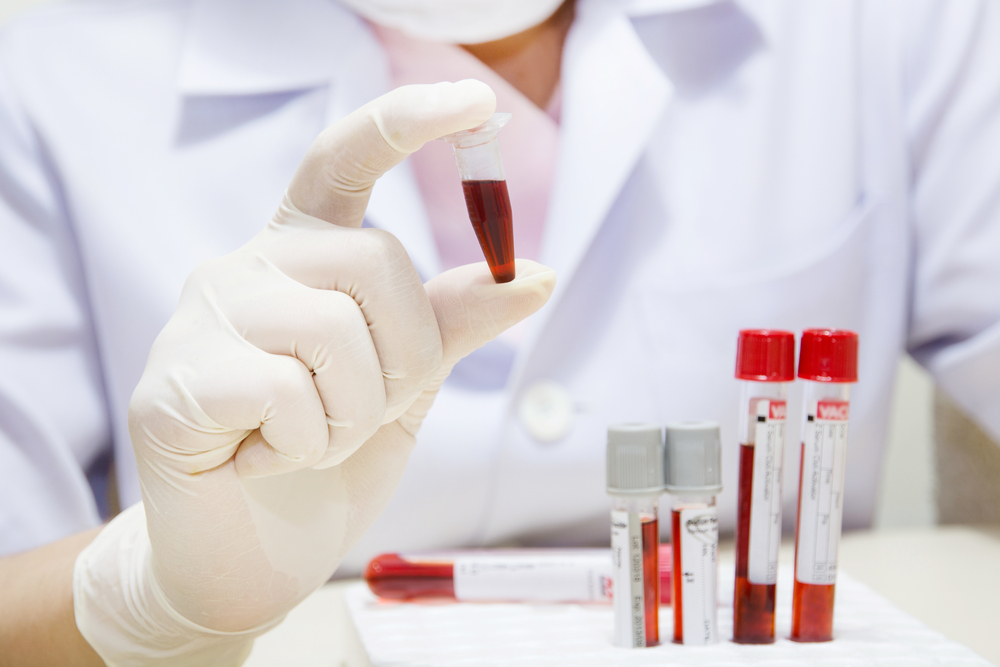Blood Test Seen to Identify Alzheimer’s with Accuracy, Including Early-stage Disease

A new type of analysis allowed researchers to use a blood test to help to identify patients with Alzheimer’s in a group of people with neurodegenerative diseases, a study published in the journal PNAS reports.
The test showed far better accuracy than earlier attempts at sampling blood to detect Alzheimer’s. But work is still needed to determine if the test can identify patients who have not yet developed symptoms, the researchers said, and to evaluate its accuracy at differentiating among the disease’s various stages of severity.
Still, the study, “Differential diagnosis of Alzheimer’s disease using spectrochemical analysis of blood,” presents a feasible option to aid in diagnosing Alzheimer’s disease as well as other neurodegenerative conditions.
While not alone in attempting to develop a blood-based Alzheimer’s test, the research team based at the University of Central Lancashire in the U.K., took an approach previously unexplored.
Vibrational spectroscopy is a technique that can analyze a range of different molecules in a biological fluid, such as blood plasma. The analysis offers researchers a “fingerprint” of what is going on at the molecular level in a person.
To test if the technique could be used to distinguish Alzheimer’s from other neurodegenerative conditions, the team recruited 347 patients with various neurodegenerative diseases and 202 healthy individuals, matched by age. Among the participants were 164 people with Alzheimer’s disease, 30 with frontotemporal dementia and 32 with Parkinson’s.
Experiments showed that the test could identify Alzheimer’s patients with a 70 percent chance of being correct. It was also correct in 70 percent of cases when it ruled out an Alzheimer’s diagnosis.
When researchers added information about the risk gene APOE4, the test performed with greater accuracy. Among people who had one or two copies of this risk gene, the test was right in 86 percent of cases. Among those without the APOE4 risk gene, the test identified those with Alzheimer’s in 72 percent of cases, and correctly ruled out a diagnosis in 77 percent.
It also could differ between Alzheimer’s and dementia with Lewy bodies with a 90 percent certainty.
Looking only at patients in early stages of their disease, the test also performed well and accurately identified 80 percent of those with Alzheimer’s. And it correctly excluded an early diagnosis in 74 percent of cases.
“We have an aging population, meaning that the incidence and prevalence of Alzheimer’s is increasing, as is the need for accurate diagnosis. The ability to identify different neurodegenerative diseases through the analysis of blood offers a faster and accurate way of establishing the most effective treatment plan as well as disease monitoring,” said Francis Martin, principal study investigator and chair of Biosciences at the University of Central Lancashire, said in a press release.
“For those suffering with Alzheimer’s disease, the damage is already well advanced once conventionally diagnosed, but this new method offers a potentially effective early screening tool when patients are only demonstrating signs of mild cognitive impairment. This is a potentially significant breakthrough for the prevention of different debilitating and chronic neurological diseases,” he added.
A week earlier, a research team at Arizona State University reported verifying a different method to diagnose Alzheimer’s also using a blood test.






